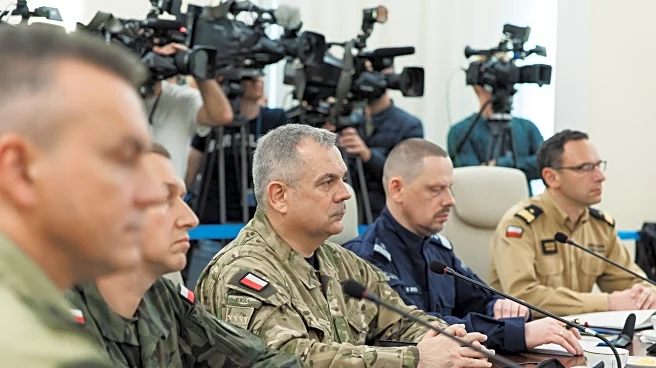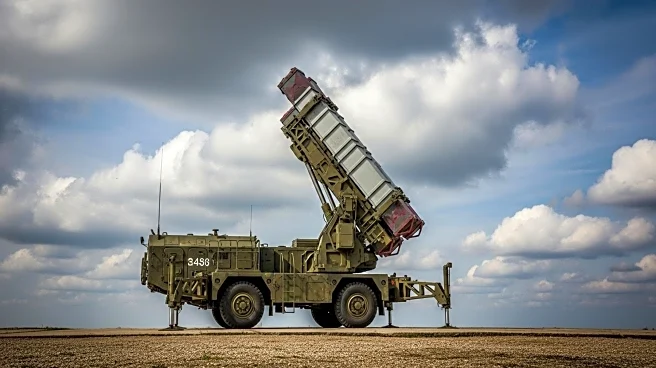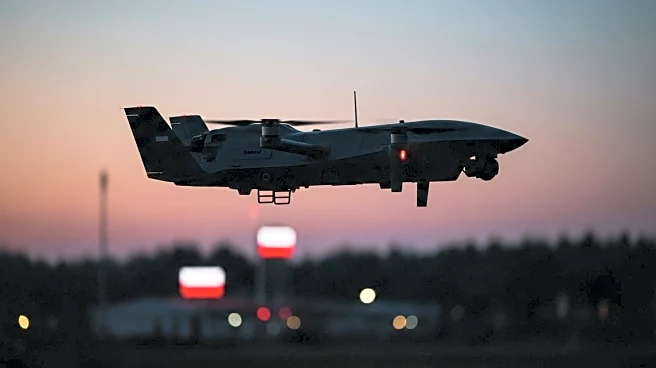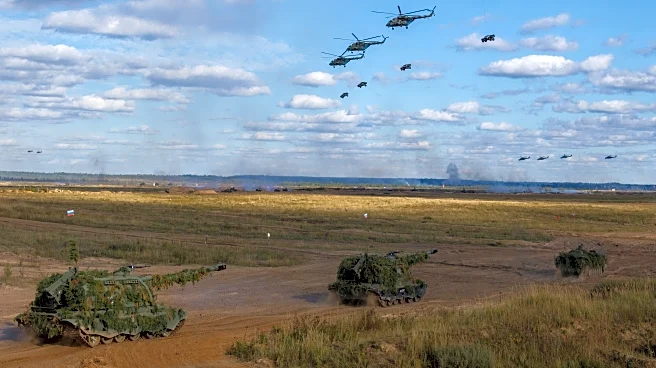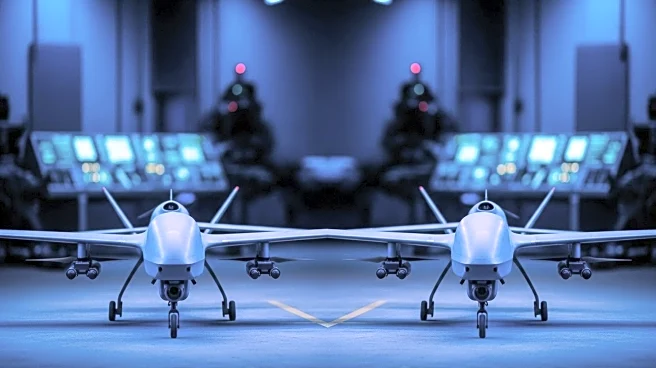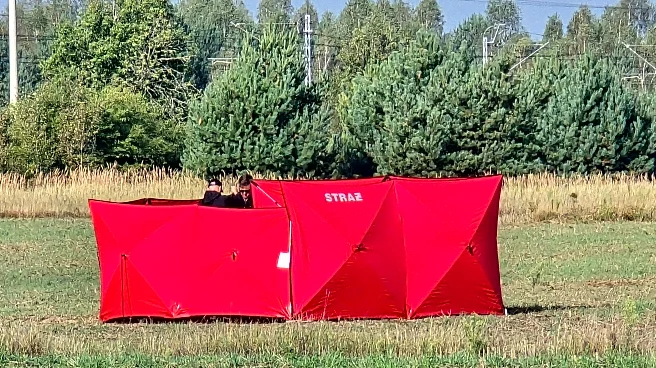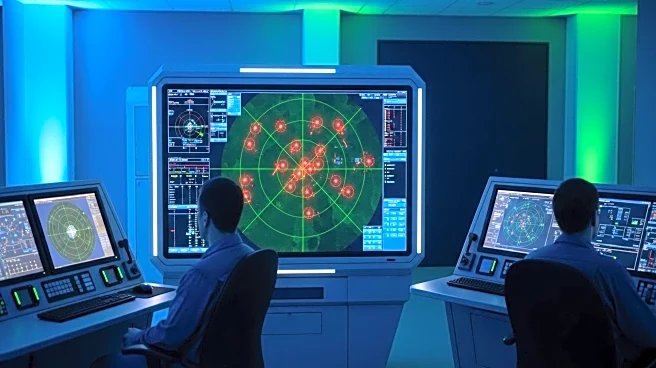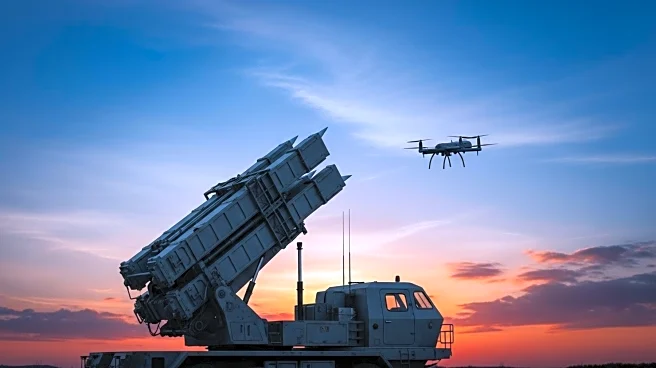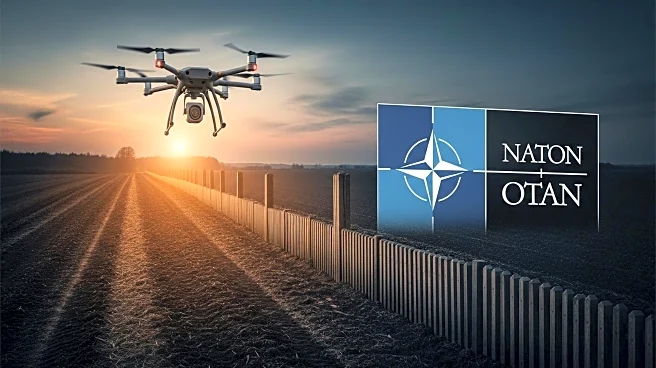What is the story about?
What's Happening?
Latvia and Poland have announced the closure of their airspace along the eastern borders with Russia and Belarus following the intrusion of Russian drones into Polish airspace. Latvian Defense Minister Andris Spruds stated that the closure is a precautionary measure to prevent escalation and will last until September 18. The move comes amid heightened military exercises and increased vigilance in the region. Poland has similarly closed its airspace along the Belarus border until December 9, following drone incursions. Lithuania had previously declared a no-fly zone along its border with Belarus due to similar incidents. Estonia remains the only Baltic state without new airspace restrictions, despite recent violations by Russian aircraft.
Why It's Important?
The closure of airspace by NATO allies highlights the growing tensions and security concerns in Eastern Europe. The incursions by Russian drones are seen as a test of NATO's air defenses, prompting member states to enhance their readiness and coordination. This situation underscores the strategic importance of airspace control in maintaining regional stability and deterring potential aggression. The actions taken by Latvia, Poland, and Lithuania reflect a collective effort to safeguard NATO territories and prevent further provocations. The incident also raises questions about the effectiveness of current air defense systems and the need for increased investment in military capabilities.
What's Next?
The airspace closures are expected to facilitate enhanced monitoring and defense operations, including drone and counter-drone simulations. NATO allies may continue to strengthen their air defense systems and conduct joint military exercises to improve readiness. The situation could lead to diplomatic engagements with Russia to address the violations and prevent further incidents. Additionally, NATO may explore long-term strategies to bolster its eastern flank and ensure the security of member states.
AI Generated Content
Do you find this article useful?



